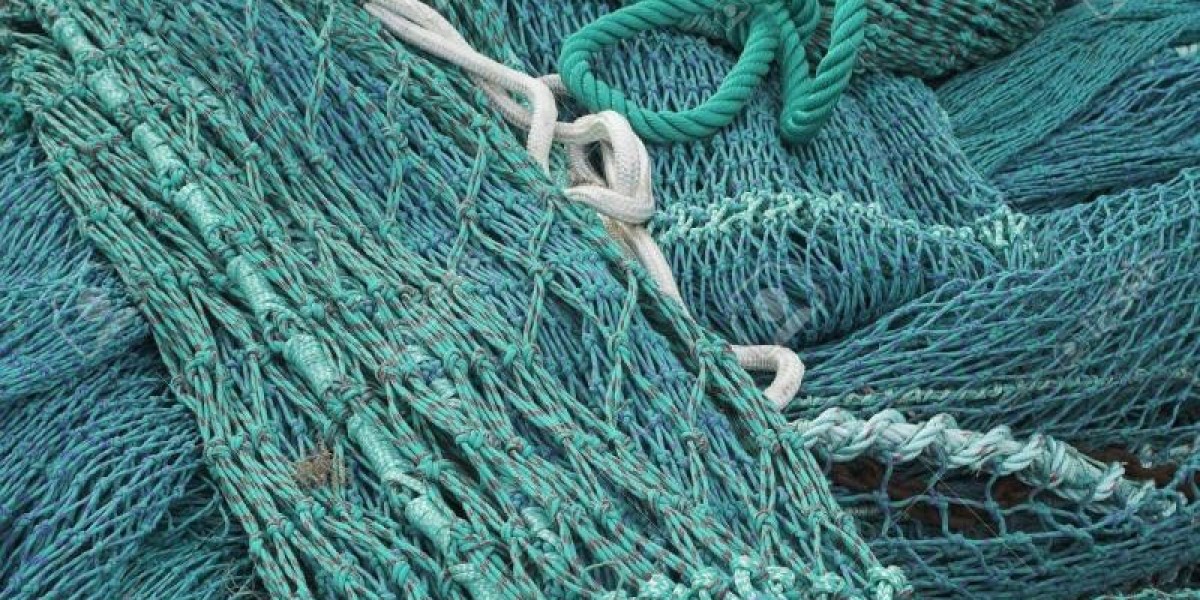Introduction to Trawl Fishing
Trawl fishing is one of the most common commercial fishing techniques used around the world. A trawl is a large net that is dragged along the seafloor either by a single trawler or by two boats working in tandem. Trawl nets can be up to 50 meters wide at the mouth and utilize heavy weights along the bottom and floats along the top to stay open vertically in the water. Ropes attached to the trawl connect it to the fishing boats.
Trawl Ropes and Nets: Impact on Benthic Habitats
The heavy weights and ground chains attached to trawl nets scrape along the seafloor as they are towed, destroying benthic habitats and organisms in their path. Slow growing corals, sponges and anemones that provide shelter and food for other sea life are particularly vulnerable. Studies show that a single pass of a trawl net can reduce habitat complexity by 40-80% and leave the seafloor scraped bare. The damage done by bottom trawling inhibits regeneration of these critical habitats for years. Without shelter and nursery areas, populations of fish and crustaceans decline as well.
Trawl Ropes and Nets: Bycatch and Discarding
Because trawl nets are dragged indiscriminately along the seafloor, they catch everything in their path, not just target species. Vast amounts of unwanted fish, sharks, turtles, marine mammals, and other organisms are hauled aboard as bycatch. Estimates suggest that 27% of global marine catches are discarded as bycatch. In some fisheries, bycatch can be five times greater than the desired catch. Species caught unintentionally include those that are endangered, threatened, or of no commercial value. Often this bycatch is simply thrown overboard, either dead or dying from injury or prolonged exposure.
Trawl Ropes and Nets: Entanglement and Ghost Fishing
The large nets and spools of rope used in trawl fishing also pose an entanglement threat to ocean life. Whales, dolphins, turtles, and seals can become stuck in floating ropes or discarded nets. Without human assistance, they often drown or die slowly from exhaustion, injuries, or starvation. Lost or discarded trawl gear continues to "ghost fish" and catch animals indefinitely as it drifts on currents, adding to entanglement hazards and bycatch mortality. Nets washed ashore also trap and kill wildlife that become ensnared in them.
Improving Regulations and Gear Modifications
In response to ecological concerns, many fisheries have adopted regulations aimed at reducing the impact of trawl fishing. Some require the use of larger mesh sizes in trawl nets to allow juvenile fish to escape. Others have established marine protected areas off-limits to bottom trawling or imposed seasonal closures. Gear modifications like turtle excluder devices have proven effective at reducing sea turtle bycatch. Biodegradable ropes that deteriorate if lost overboard could help address ghost fishing issues. Still, ensuring compliance with rules and validating claims of more sustainable gear remains an ongoing challenge.
Moving Toward Alternative Fishing Methods
While regulations are improving trawl fishing practices, some suggest it may be time to transition away from this destructive harvesting technique altogether. Alternative fishing methods exist that are more selective and cause less collateral damage. For example, using multiple smaller nets pulled by a single boat can target species individually while avoiding nonspecific dragging along the seafloor. traps, longlines and pots are also options with lower bycatch rates. Fisheries could diversify target species based on seasonally available stocks to promote stability. Financial incentives and retraining programs may help the industry adapt new, more ocean-friendly approaches. With political will and cooperation between regulators and fishers, sustainable alternatives to trawling could be realized.
Conclusion
Trawl fishing plays an important role in global seafood production but takes a heavy toll on marine ecosystems and nontarget species. Heavy bottom-dragging gear flattens benthic habitats and leaves long-lasting environmental impacts. Nonselective nets pull in vast amounts of unintended catch that are needlessly discarded. Lost or cut trawl ropes continue ghost fishing indefinitely. While regulatory improvements aim to reduce harm, alternatives exist that are more focused and kinder to ocean health. With collaborative will, fisheries may transition away from the most destructive scraping along the seafloor toward new methods better attuned to marine stewardship. Both target fish populations and biodiversity depend on evolving fishing technology toward greater sustainability.







